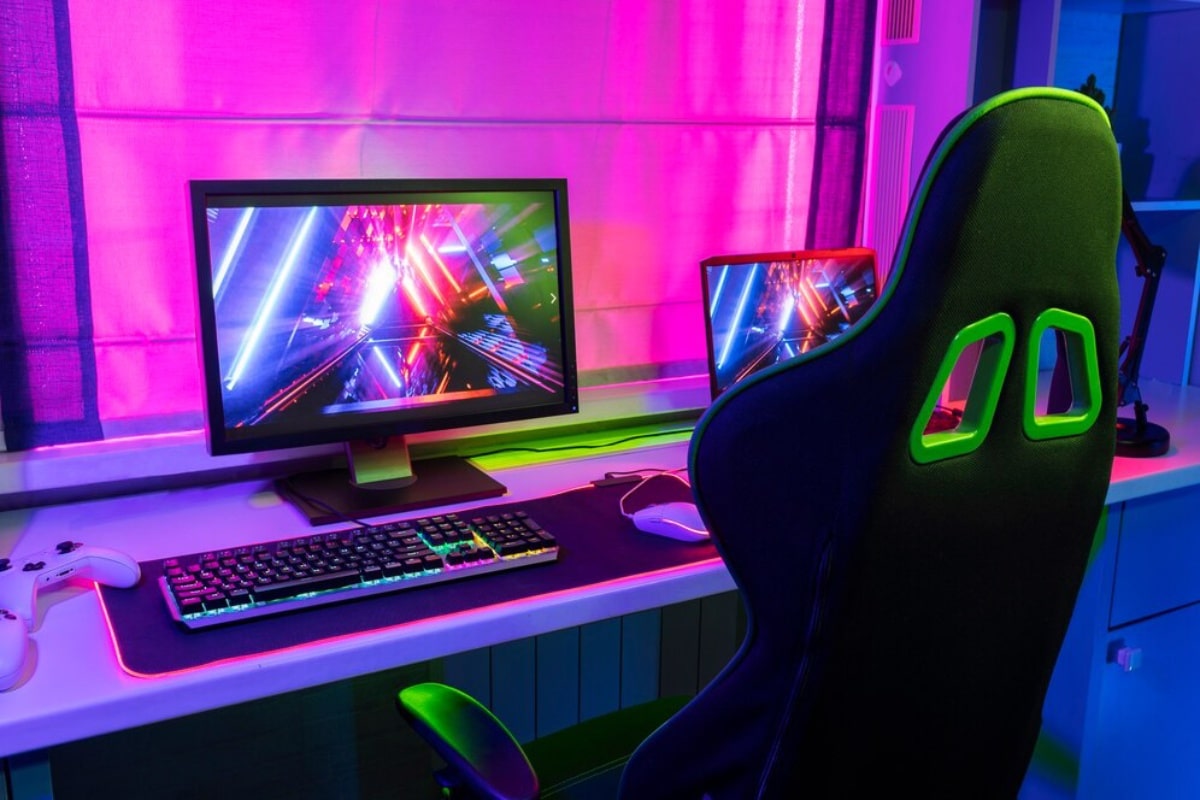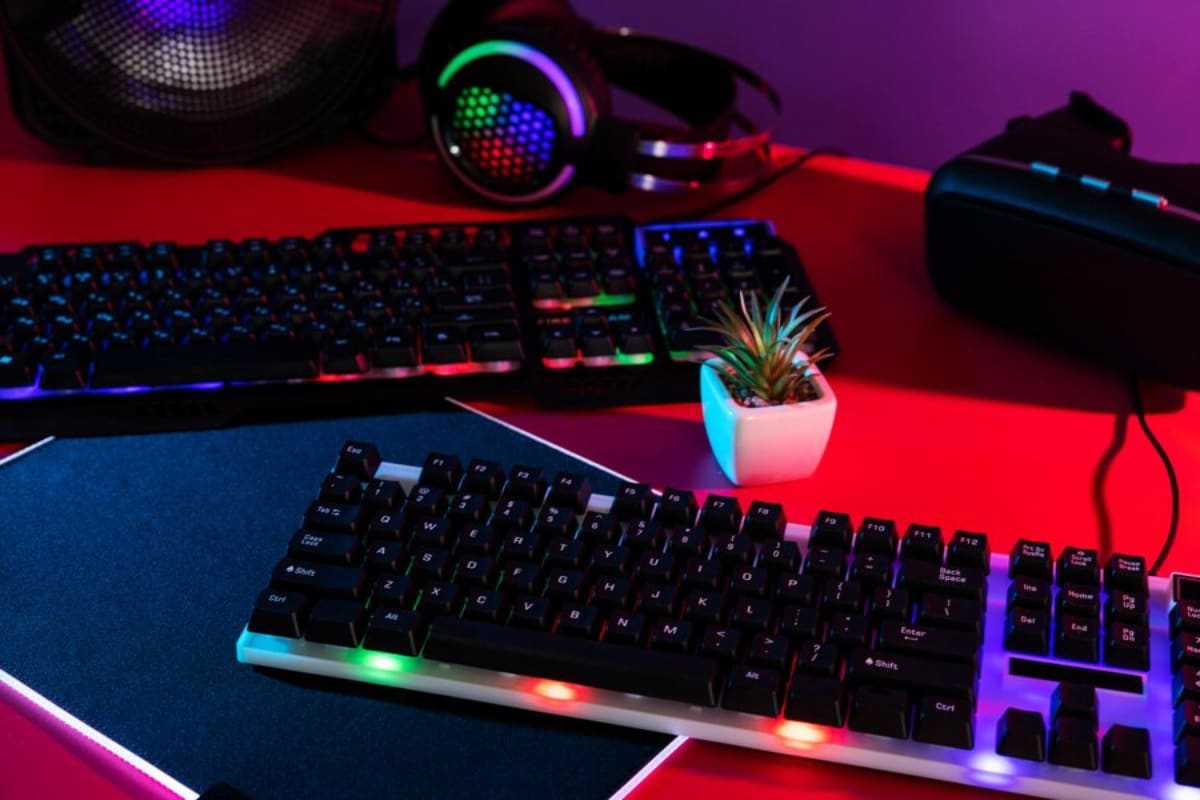
Gamepads vs Keyboard and Mouse: Which is Better for PC Gaming?
Ever found yourself mid-match wondering if the other player is just that good, or if they’re using better gear? If you’re diving into PC gaming or looking to level up your setup, one question will pop up: gamepad vs keyboard and mouse—what’s better for gaming?
It’s been a debate since PC gaming first allowed controller input. From fast-paced shooters to atmospheric RPGs, the type of input you choose shapes not just how you play but also how much you enjoy the experience.
This blog breaks down the pros, cons, and real-world use cases for both gamepads and keyboard-mouse combos, helping you decide which is best for your style of play.
The Evolution of PC Gaming Input Devices
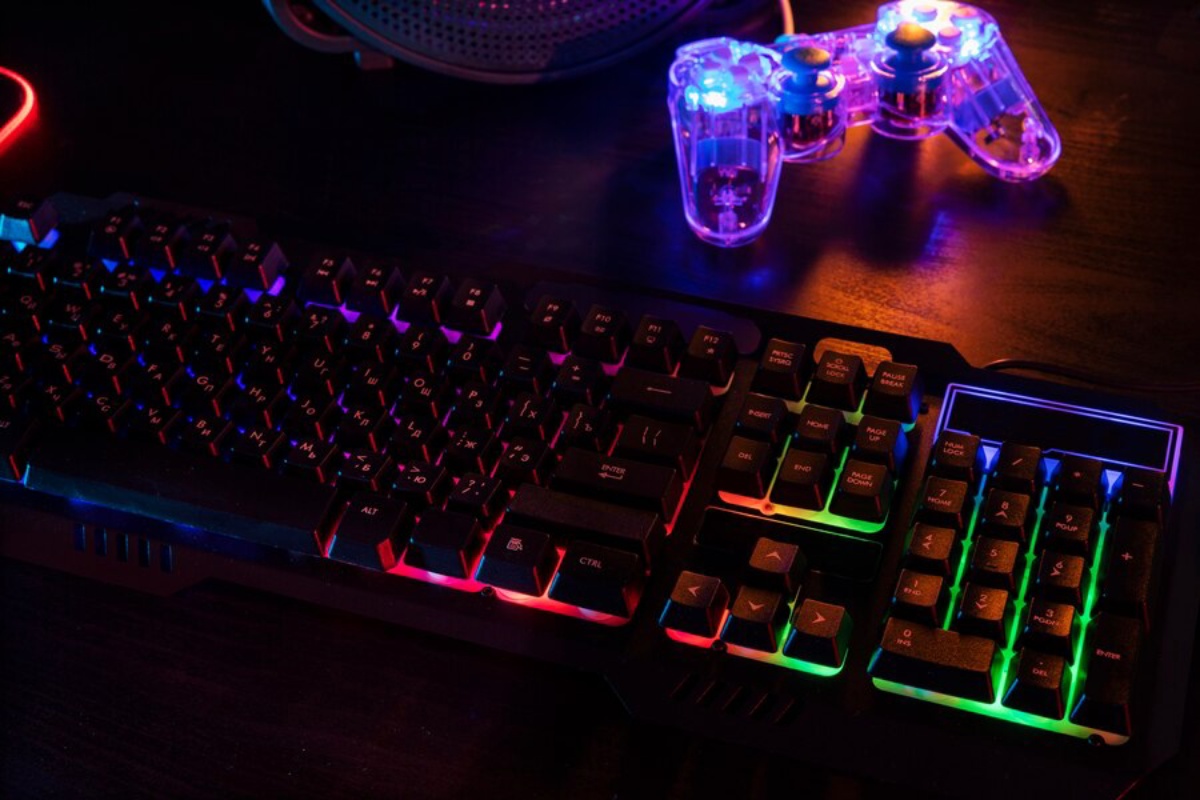
Once upon a time, the keyboard
and mouse were your only real option for PC games. Controllers? Those were for consoles. But things have changed—fast.
Now, many PC games are built with controller support baked in, thanks to cross-platform development. From Elden Ring to Forza Horizon 5, gamepads are no longer an afterthought. At the same time, games like Counter-Strike 2 and StarCraft II still rely heavily on a mouse’s pinpoint precision and a keyboard’s speed.
So, how do these two input types compare in real-world gaming scenarios?
The Case for Keyboard and Mouse
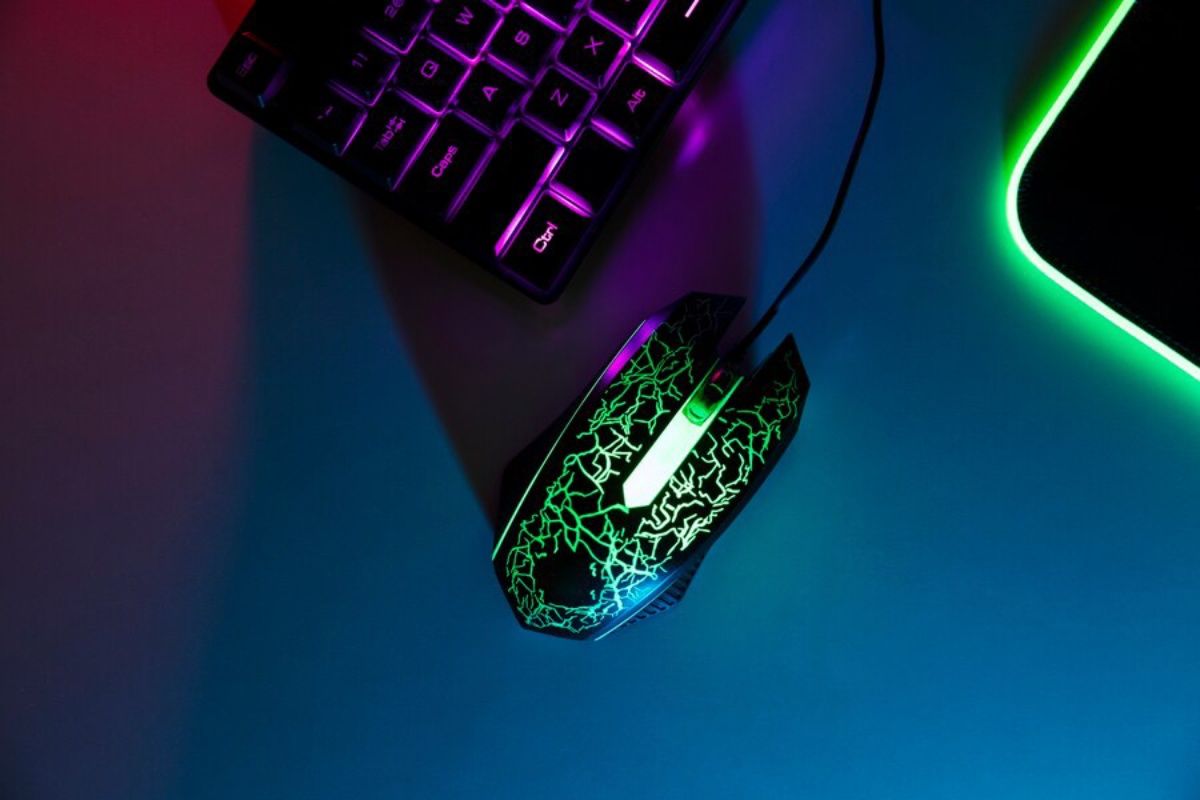
Precision, Speed, and Flexibility
Let’s start with the classic. The keyboard and mouse combo has long been the go-to for PC gamers—and for good reason.
Advantages:
- Pixel-perfect accuracy with the mouse is essential for FPS games
- Quick key bindings across dozens of inputs (great for MMOs and strategy games)
- Customisation options galore—from RGB keyboards to ultra-lightweight mice
- Modding and macro potential, allowing you to optimise every move
Think about playing Valorant or Overwatch. You need precision and speed. Flicking to an enemy’s head with a mouse feels instinctive. Tapping a single key to cast a spell, build a structure, or reload can mean the difference between winning and respawning.
Real-World Example:
Ryan, a competitive Call of Duty player, switched to PC for its mouse accuracy.
“Once you learn to control recoil with a mouse, returning to a thumbstick feels like wearing mittens.”
Limitations:
- Steeper learning curve, especially for beginners
- More desk space is required, particularly for low-DPI setups
- Lack of analogue movement, making smooth directional transitions less natural in some genres
The Case for Gamepads
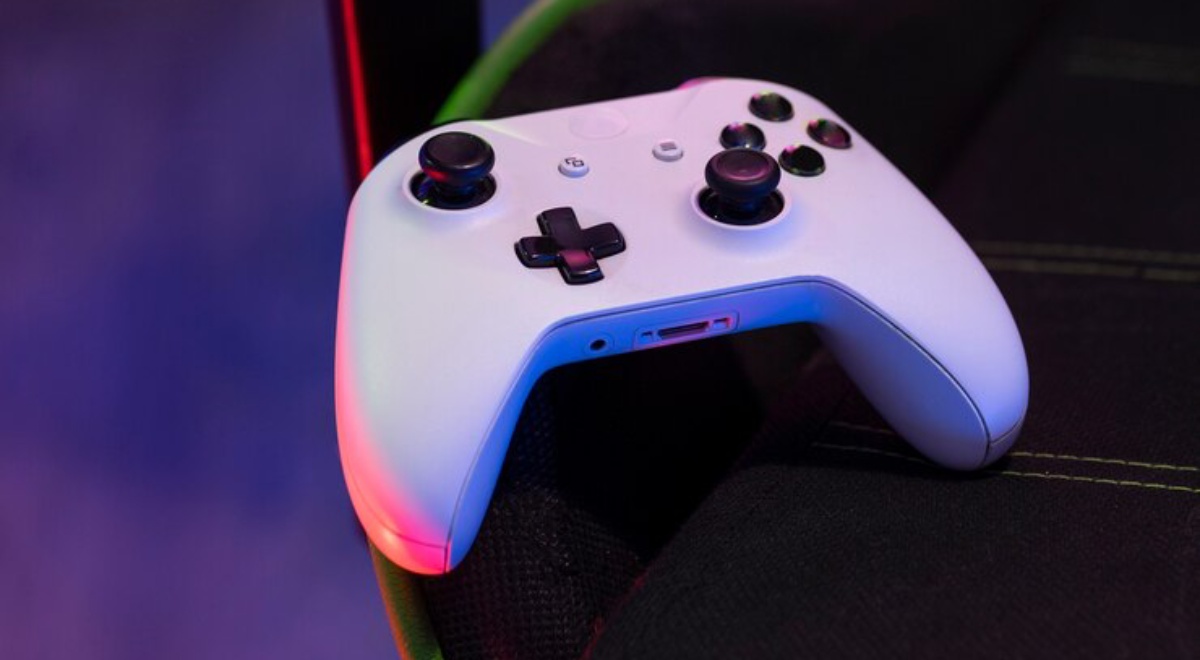
Comfort and Accessibility
Gamepads, often known as controllers, have come a long way since the days of the clunky N64 pad. Modern ones, like the Xbox Series controller or DualSense, offer tactile feedback, refined ergonomics, and plug-and-play convenience.
Advantages:
- Comfortable grip ideal for long sessions
- Analogue sticks allow smoother, more natural movement
- Built-in features like haptics, adaptive triggers, and gyros (especially in PlayStation controllers)
- Excellent for specific genres like racing, platformers, sports, and third-person action games
Imagine leaning back on your sofa, controller in hand, while exploring the world of The Witcher 3 or executing sick drifts in Forza Horizon. That’s where gamepads truly shine.
Real-World Example:
Chloe, a casual gamer, uses a DualSense on her gaming laptop.
“I’m not a fan of clutter, so sitting back with a controller and enjoying Horizon Zero Dawn feels more natural than being hunched over a desk.”
Limitations:
- Less precision for fast-paced shooters or competitive RTS games
- Fewer custom input bindings, potentially limiting in complex games
- Some PC games lack proper controller support, especially older or indie titles
Gamepad vs Keyboard and Mouse: Genre-Specific Recommendations
Let’s break it down by game genre to show where each input method has an edge.
First-Person Shooters (FPS)
Winner: Keyboard and Mouse
Why: Accuracy and speed are paramount. Precision aiming and fast response give mouse users the edge.
Third-Person Action and Adventure
Winner: Gamepad
Why: Games like Assassin’s Creed or Tomb Raider feel smoother with analogue movement and haptic feedback.
Real-Time Strategy (RTS)
Winner: Keyboard and Mouse
Why: Managing units, building structures, and navigating menus are far easier with a mouse and multiple hotkeys.
Role-Playing Games (RPGs)
Winner: Tie
Why: It depends on the style. For tactical RPGs, a mouse and keyboard work better. For open-world or action RPGs, a gamepad enhances immersion.
Racing and Sports Games
Winner: Gamepad
Why: Pressure-sensitive triggers and analogue sticks make it easier to control acceleration and direction precisely.
Simulation and Management Games
Winner: Keyboard and Mouse
Why: Drag-and-drop mechanics and layered menus benefit from mouse control.
Practical Considerations Beyond Gaming Style
Comfort and Setup
The keyboard and mouse setup is ideal if you’re gaming from a desk. But if you’re playing on a TV or from your sofa, gamepads offer a more relaxed experience.
Accessibility
For gamers with physical disabilities or limited mobility, controllers (especially with custom profiles like the Xbox Adaptive Controller) offer greater accessibility and ergonomic flexibility.
Cost and Customisation
- Controllers are generally cheaper up-front, but high-end models like the Xbox Elite can cost over £150.
- Gaming mice and mechanical keyboards can be customised with switches, macros, and DPI profiles. This allows for fine-tuning but can push the cost well past £200 for a complete setup.
Hybrid Setups: Best of Both Worlds?
Some games are best enjoyed with both. For instance:
- Driving with a gamepad but navigating menus with a mouse
- Flying aircraft with a controller in games like Battlefield, then switching to mouse and keyboard when boots hit the ground
- Using software like Steam Input to create custom control profiles that blend inputs
This hybrid approach is becoming more common and allows you to tailor your play style for the best experience possible.
How to Choose What’s Best for You
When deciding between a gamepad, keyboard, and mouse, ask yourself:
- What games do you play most?
- How much comfort do you need?
- Do you play competitively or casually?
- Do you have space for a complete desk setup?
- Do you need flexibility in control mapping?
There’s no universal answer. Your ideal input device is the one that helps you enjoy the game without distraction.
Expert Opinions and Data
A 2024 survey by Statista found:
- 62% of PC gamers still prefer keyboard and mouse as their primary input
- 33% used gamepads regularly, up from 20% five years ago
- Gamepad use is highest among players aged 18–24, driven by cross-platform titles and console familiarity
Esports teams continue to favour mouse and keyboard for competitive accuracy, while streamers and casual players lean into the comfort of gamepads for storytelling and exploration games.
Final Verdict: Is There a True Winner?
Let’s recap.
- For competitive gaming, the keyboard and mouse combo remains the king.
- The gamepad is hard to beat for casual, immersive gameplay, especially from your couch.
- Hybrid setups are a growing trend and offer flexibility across genres.
Ultimately, the best gaming controls depend on you—your preferences, your space, your favourite titles. Regardless of your choice, make sure your setup helps you get lost in the game, not tangled in frustration.
